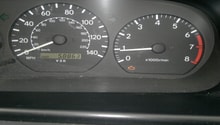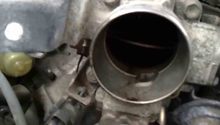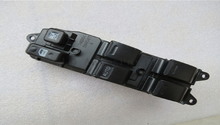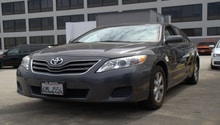Toyota Camry: How to Reset Your ECU and Clear Check Engine Lights
Let's take a look at how to clear that pesky "check engine" light, so you don't panic when driving down the highway. It's a simple process to clear the light and your stress.
This article applies to the Toyota Camry (1997-2011).
There are times, it seems, when I am the idiot for whom "idiot lights" are named. Like you, I'm drving down the street, I look down and see that the "check engine" light has come on. My mind begins to race. How long has that been on? When did that come on? What does it mean? Is my car going to stop? Am I causing more problems by driving on? How much is this going to cost me?
Sound familiar? Well, relax. Many times, the solution is simple. It's simple because the cause is simple. And if you know what to do and how to proceed, it will cost you virtually nothing.

Material Needed
- A 10mm open-ended combination wrench or a 10mm socket wrench
As we begin, let's talk for a moment about the ECU. The ECU learns about your engine as you drive your car. It uses what it learns to track the changes in the sensors on your engines and monitors if anything is not working properly. The ECU then stores what it learns in a battery backed-up RAM. Eventually, you're going to reset the ECU. That means clearing the long-term memory and restoring the values to a neutral default value and clearing any trouble codes that are present.
Step 1 – Check all of the fuses
Not just the obvious ones; make sure everything is in working order. The fuse box on the Toyota Camry is located under the hood and on your extreme right as you look at the engine.

Pro Tip
The reason you need to check all of the fuses is because sometimes the circuits can overlap each other, or one circuit could be protecting another. So just make sure all the fuses are in good working order.
Step 2 – Disconnect battery
The ECU has a direct line to it that runs through a fuse to the battery. The ECU uses that connection to keep its memory alive when the car is turned off. Your car's radio uses the same line as backup power, so that your radio doesn't forget your favorite stations when the car is not running.
Disconnect the negative (black) terminal of your car's battery for a while. Once you've disconnected the source of the backup power (your battery), the ECU will reset itself and in doing so will also turn off your "check engine" light. How long you should disconnect the battery is a matter of debate. To be safe and make sure the process works, leave it disconnected for about 15 minutes to ensure that all of the backup memory has been erased.
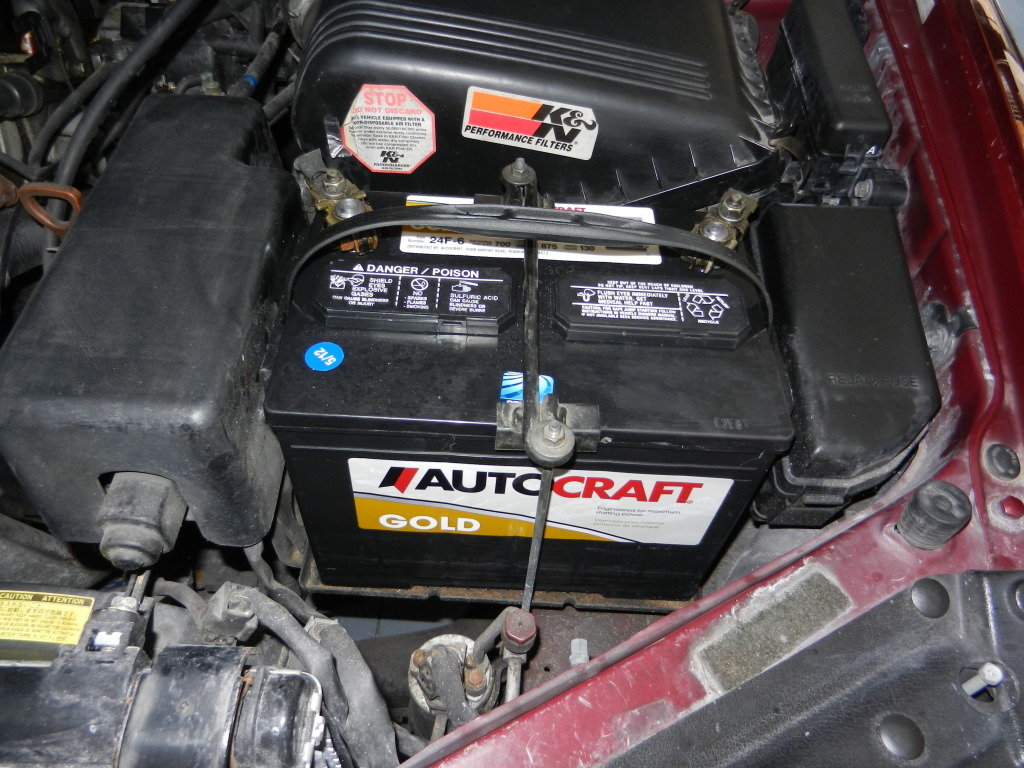
Step 3 – Reconnect battery
Disconnecting your battery has disconnected your ECU's source of backup power. Now your ECU's memory has been cleared, your check engine light should be off, and you're ready to go. All that's left is to reconnect the negative terminal of your car's battery by reattaching the battery cable to the terminal and tightening the nut to ensure a solid as well as complete connection.
Pro Tip
Some people report that their engine runs a little rough or idles poorly after they have reset the ECU. Don't be alarmed. Here's why: Your ECU now has default numbers in its memory. It will have to learn once again how your car runs and adjust the data to match the tune of your car's engine. Normally, it will take a day or two of driving in traffic for the ECU to make all the necessary adjustments and then everything will be smooth as can be—as normal.
How to Reset ECU and Check Engine Lights
Related Discussion and Site
- 2007 Camry Battery Warning Light - CamryForums.com
- ECU Reset - TechnoMotive.com

